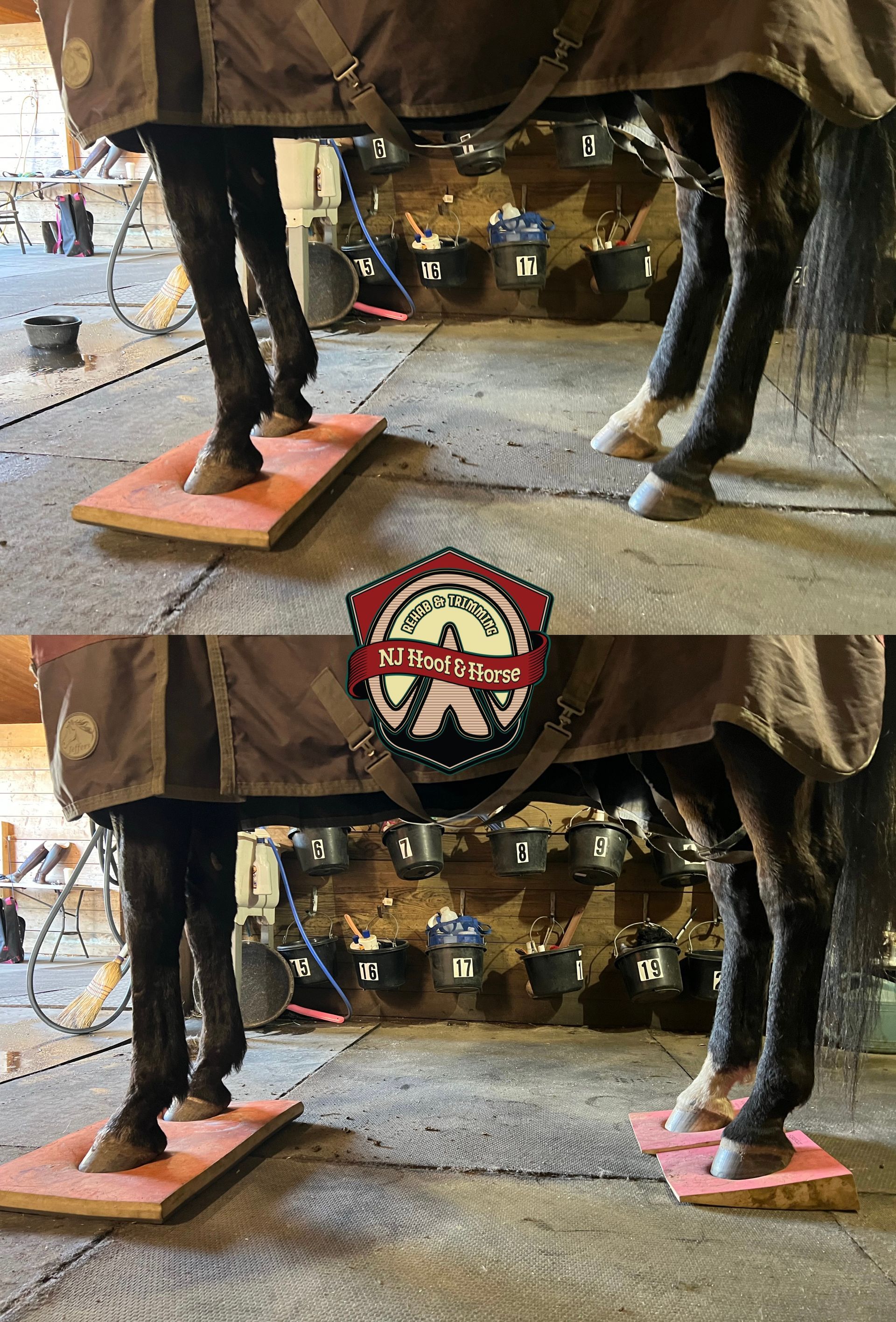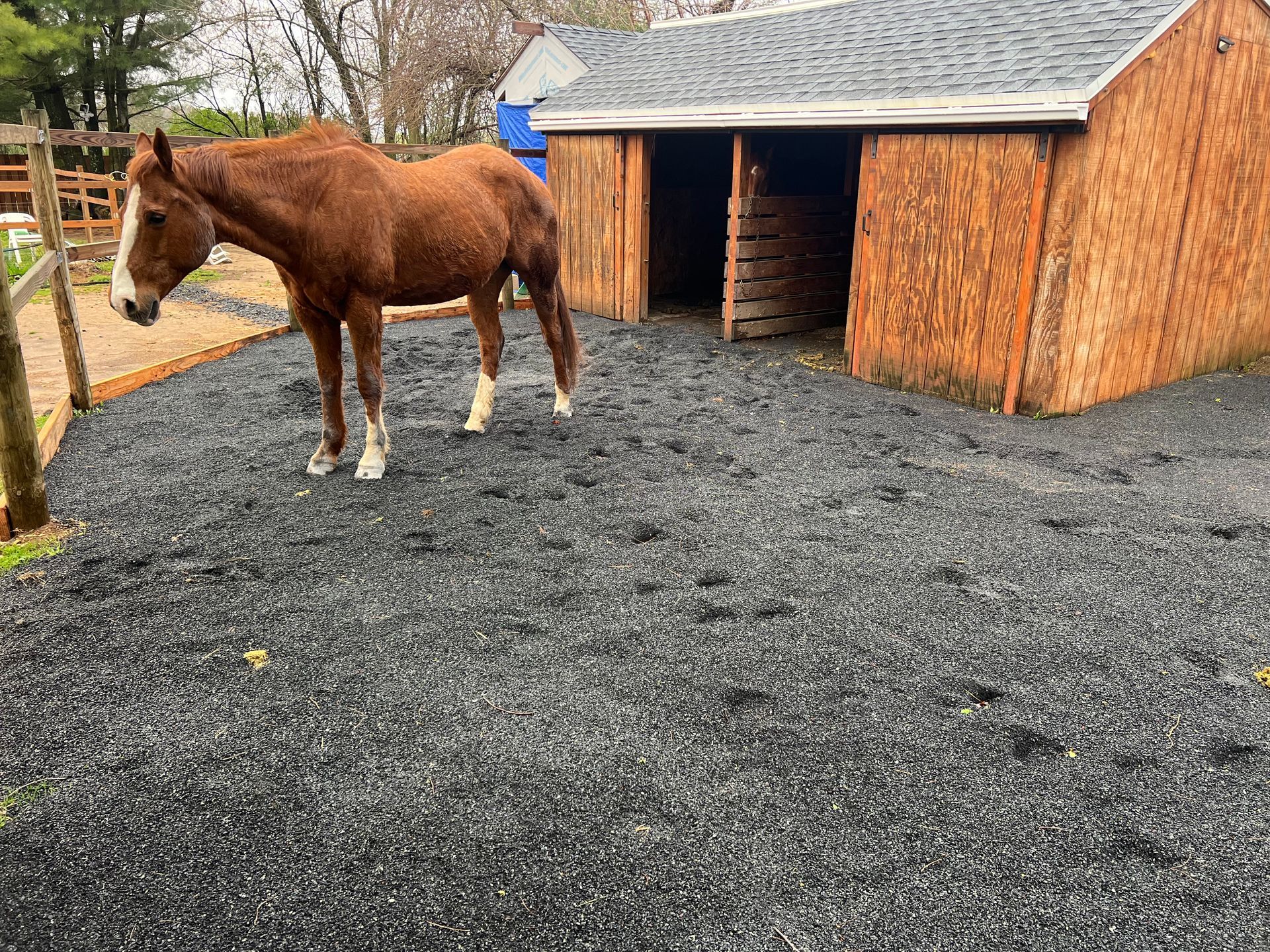How important is continuing education in hoof care?
One Minute Discussions #9
Discussing Natural Hoof & Horse Care
HOW IMPORTANT IS CONTINUING EDUCATION IN HOOF CARE?
Every single day, week, month and year there’s new info, studies and research that’s being put out in video formats, articles, blogs, posts that discuss hoof and horse health. At times its updated information. A lot of times it may totally be a new understanding of a certain topic.
We as farriers try to stay up to date on all the research that’s being put out there.
Why is continuing education so important to hoof care?
Suppose a farrier was applying a shoeing or booting method that he has done for years. It some cases it works, in some it doesn’t but he just goes with the flow. At the same time a researcher publishes an article which states that in order for a specific method or approach to work even better, there has to be some modifications. If the farrier was to read that article and apply the modifications to his booting/shoeing method, then he would help more horses, more productively.
Or take for example the way people understood laminitis a couple decades ago. Many people focused on the trim but not many focused on the diet, terrain and hoof protection. If we didn’t have the research done for us, we wouldn’t have made such a leap in rehabbing horses from laminitis and founder.
So as you see, continuing education is very important.
It’s very wise to ask your trimmer or farrier what she/he does for continuing education.
In some cases, your horses health depends on their knowledge, open mind and their willingness to learn more.
A great source of continuing education is the PHCP (Progressive Hoof Care Practitioners) as well as the AANHCP (Association for the Advancement of
Natural Horse Care Practices). Daisy Haven Farm has online and in-person courses and I can’t recommend them enough! Definitely check them out!
Do you have any continuing education if you’re an equine professional? Share what you do or are planning to do in the future!
https://progressivehoofcare.org
https://www.integrativehoofschool.com
Denys A.

